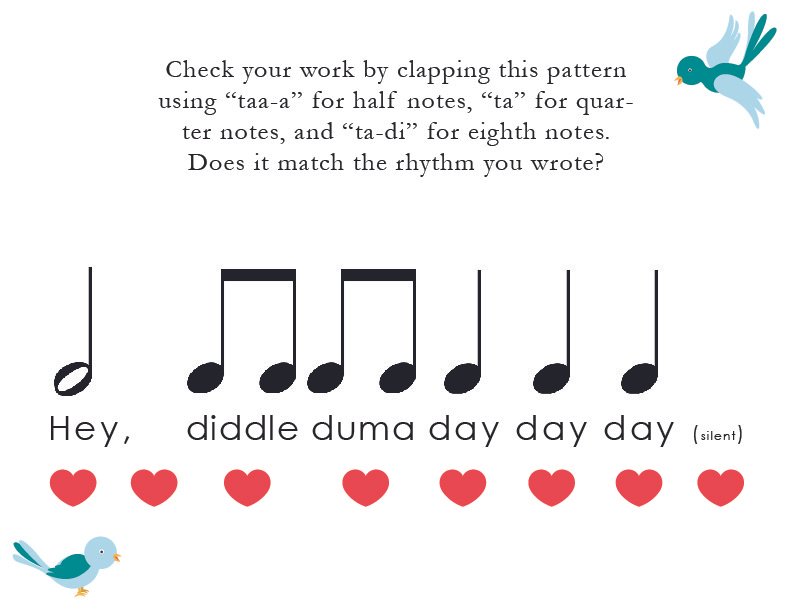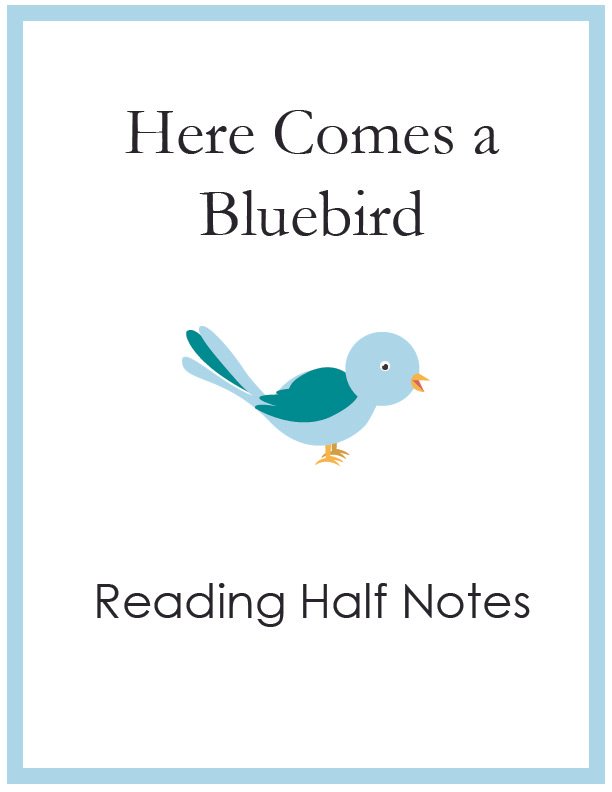Let's Read Half Notes (Rhythm for Second Grade)
Learning to read music is easier than some people might think. And learning to teach your child to read music is easier than most people think!
Did you know:
Your child doesn't need an instrument to learn to read music?
And your child doesn't have to be enrolled in private lessons to learn to read?
It's true.
We don't need to use instruments exclusively to learn how to read. Sometimes parents think that is the case and enroll their children in piano lessons too young so they can learn to read music. This is makes the musical experience fall flat for a few reasons. One is that the ear, eyes, and body all work together to teach us different things about music - including how to read it, listen to it, dance it, sing it, and play it! These actions can all lead to a more holistic and meaningful way to learn literacy if we allow them. When we eliminate the ear and body and only teach how to play and instrument without teaching how to dance, sing, and listen to, and create music, we've lost focus. There's nothing wrong with taking piano lessons to learn how to read, but children should have the chance to explore literacy through other musical avenues as well.
Related: If you'd like more tips on how to make music a part of your family's life, sign up for my monthly "Family Music Mail" where I share actionable ways to bring musical experiences home. Sign up here.
It's also true that your child doesn't need to be taking private lessons to learn how to read and write. Private lessons are great for learning technique from an expert. However, for musicianship skills like critical listening, expressive singing, creative music making, and even literacy, a private lesson isn't necessary. Parents and caretakers are far more capable of teaching these lessons than they sometimes realize - especially if it's true that literacy should involve singing, dancing, playing, listening and creating! The foundation of musical skills can easily - and effectively - be taught at home. Feel free to enroll your child in private lessons, but also be aware that the best music education starts far before that first lesson.
Today we'll learn
The half note's name
How to count it
How to write it
How to find it in a song we already know
Before we begin, make sure you've read
Breakfast Jams: Tiptoe and Step to Hayden
Breakfast Jams: Edvard Grieg
How to Discover Half Notes
Here we go!
Sing Here Comes a Bluebird
Sing Here Comes a Bluebird again on "loo" instead of words while you keep a steady beat on your lap. Ask these questions about the song together:
Which beat doesn't have a word on it?
As you keep the steady beat, you'll notice that after the last "day" at the very end there is a beat with no word.
Which word lasts for more than one beat?
As you keep the steady beat together, you'll notice that they "Hey" part of "Hey diddle duma" lasts for two beats
Sing the "Hey diddle duma" part. What beats have more than one word on them?
Remember our "tiptoe step" dance here? Where are the tiptoes in this part of the song?
Meet the Half Note
Tell your child that when a note lasts for more than one beat, we count it saying "taa-a".
* Sing Here Comes a Bluebird and replace the word "Hey" with "Taa-a". How many taa'a's can you find in the song? (2)
The real name of a Taa-a is a Half Note.
We learned how to dance to half notes when we did our step step gliiiide dance here.
We learned how to sing them the first time we sang Here Comes a Bluebird here.
Reading and Writing Half Notes
A half note has a long stem, but the note head is left blank instead of being filled in.


When students are done tracing, they can practice writing!





